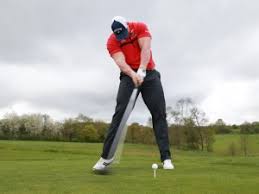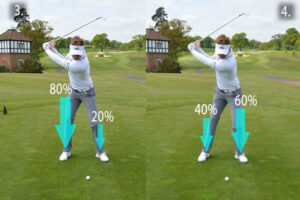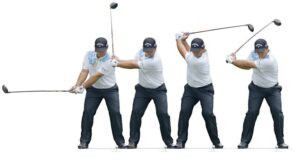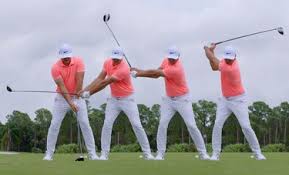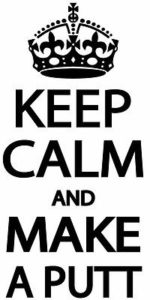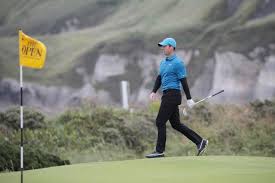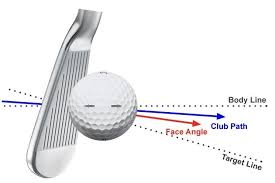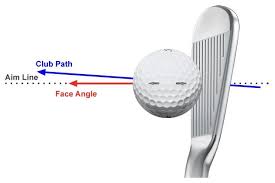What is the main reason why we fail to make perfect shots out of the sand trap? Sand condition, slope of the sand, distance of your hit and height of the trap lip are all variables that you are trying to overcome. They all affect your decision for the amount of power and loft needed during your swing. RUSHING your swing speed is the killer for every sand shot. Club acceleration to a full follow-through makes all the difference.
Because your shoulders, arms, wrists, hips and spine are all moving during every swing, if we slow down or speed up a swing, we lose our sequencing rhythm. Yes, we forget to move our hips or transfer our weight and end up hitting fat or thin shots. Consistency of the motion of our swing in the sand trap is our #1 killer. We are focused on longer or shorter shots from the sand when we SHOULD BE FOCUSING on the amount of backswing and FULL follow-through with an accelerating swing speed.

Make a full follow-though with your swing and throw that sand.
Ensuring Sand Trap Consistency
Knowing the right setup is a critical starting point but you will never be consistently successful unless your complete both a backswing and a full follow-through to finish the shot. You have to think about your complete swing. Make sure that you pound down under the sand and take at least 3 inches of sand after your ball with your follow-through. Yes, make sure that you are throwing a club full of sand with your ball. Focus on lifting an imaginary quarter sitting in the sand after your ball. “Take the quarter” and finish your follow through.
Setup:
1/ Take an open stance and open your club face so that it’s parallel with the sand (pointing up to the sky).
2/ Put pressure on your leading foot so that your nose stays over your ball in the center of your stance with your grip pointed at your bellybutton. [Do this forward pressure because most of you will never transfer your weight to your leading foot during your sand trap shots.]

Lift your ball on a carpet of sand. [Pretty cool photo.]
The amount of backswing and follow-through should be the same but the further you want your shot to go the longer the backswing and follow-through. Burying your club in the sand without any follow-through is the kiss of death for sand shots. Make sure that you throw some sand on the green with your follow-through. Practice with GOLFSTR+ to limit your wrist lag on your trailing wrist the same way you want to make a pitch shot. Buy one today at www.GOLFSTR.com


